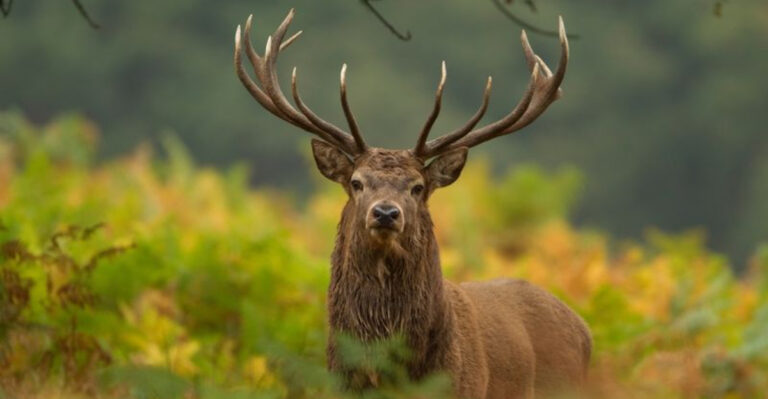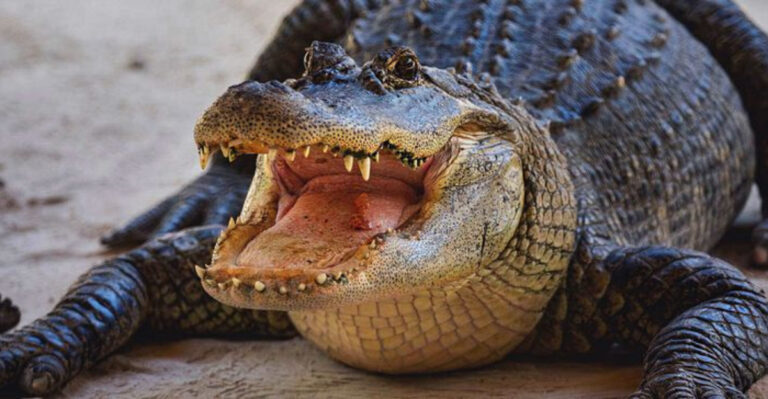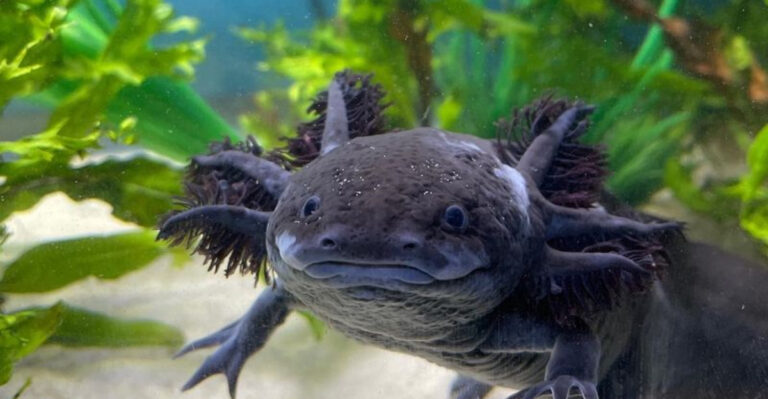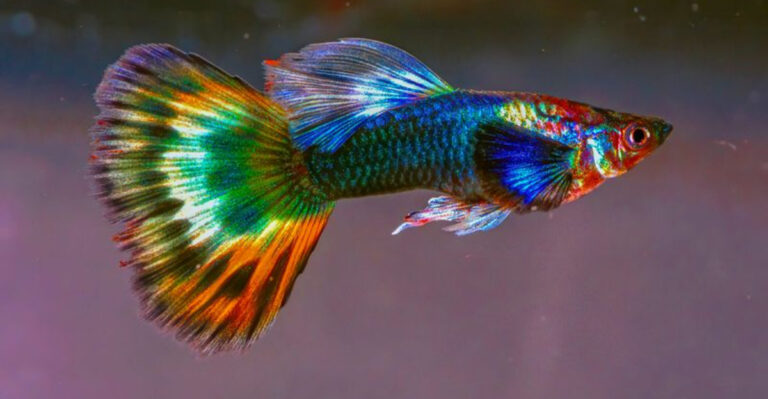West Coast Faces Growing Threat From Unusual Invasive Species
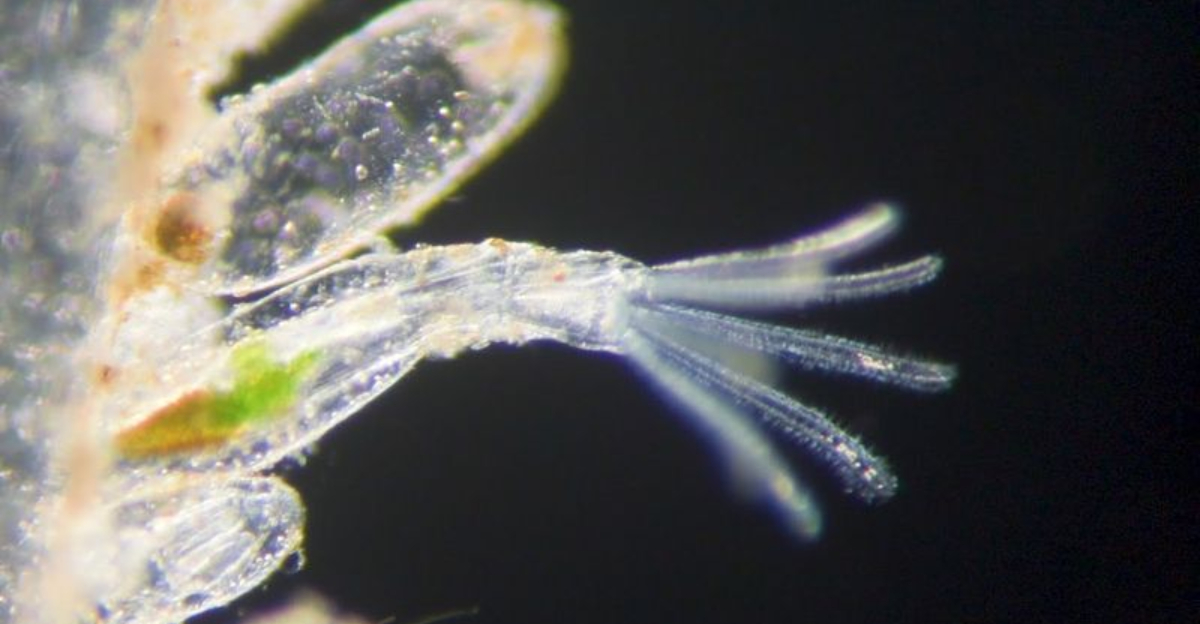
The West Coast is facing a silent invasion that’s reshaping underwater ecosystems. Unusual invasive species, particularly microscopic organisms like Amathia verticillata, are transforming marine habitats in ways that often go unnoticed until significant damage occurs.
These tiny invaders might not make headlines like larger predators, but their cumulative impact on coastal environments could be just as devastating.
1. A Tiny Invader With A Big Impact
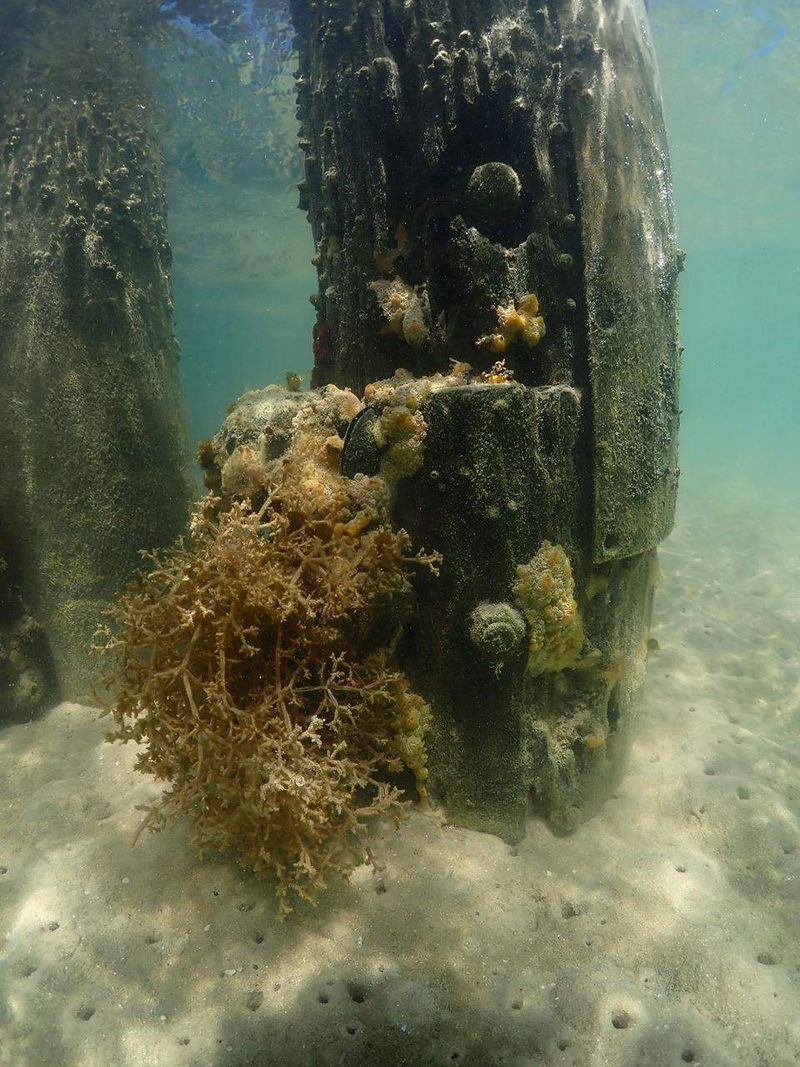
Amathia verticillata may be small, but its ecological footprint is enormous. This bryozoan creates dense, branching colonies that can blanket underwater surfaces like boat hulls, docks, and natural substrates.
Despite its microscopic size, a single colony can spread to cover areas larger than a kitchen table. The organism’s rapid growth allows it to transform environments without the aggressive behaviors typically associated with invasive species.
2. What Is Amathia Verticillata?
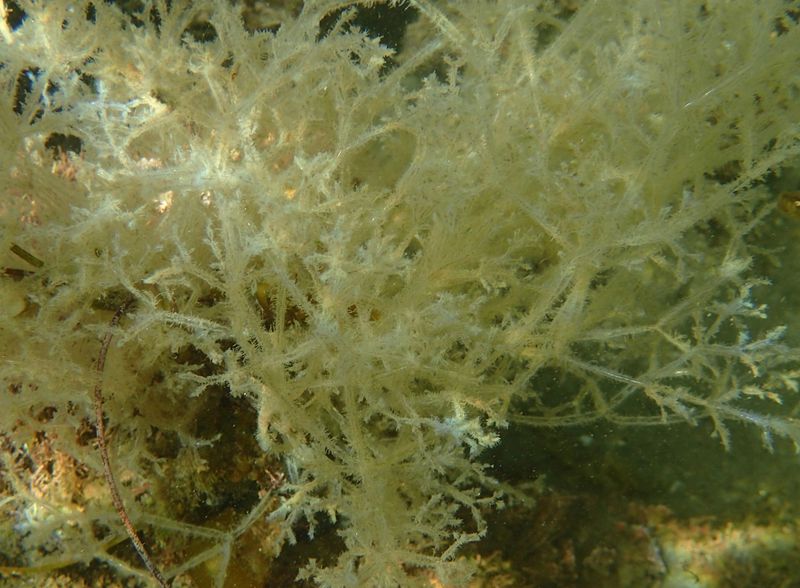
Sometimes called ‘spaghetti bryozoan,’ Amathia verticillata belongs to a group of colonial organisms that build shared skeletal structures. Native to the Caribbean, this invader has hitched rides on ships to California, Oregon, and Washington waters.
Each colony consists of thousands of tiny individual animals called zooids. They form spiral patterns around a clear, flexible stalk, creating structures that resemble delicate underwater chandeliers.
3. Building Underwater ‘Apartment Complexes’

Imagine underwater high-rises springing up overnight! Amathia colonies create complex three-dimensional structures that function as marine apartment buildings for other species. These branching habitats offer surfaces where algae, barnacles, and other organisms can settle.
A single colony might host hundreds of additional species, dramatically altering the composition of local ecosystems. The problem isn’t just the bryozoan itself, but the community it supports.
4. A Quiet, Cumulative Takeover
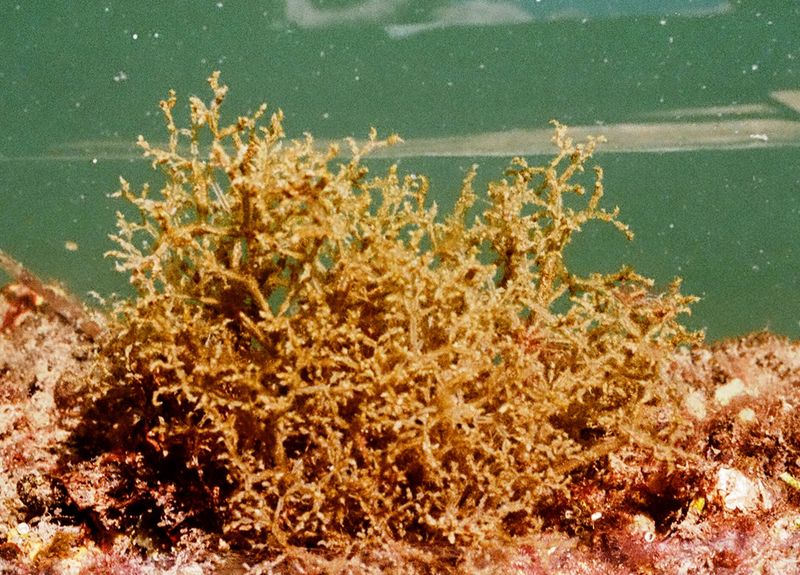
Unlike sea lamprey that attack fish or lionfish that devour native species, Amathia’s invasion strategy is subtle. The colonies gradually accumulate, creating physical changes in habitat structure rather than directly harming other creatures.
West Coast marinas have reported explosive growth during summer months when water temperatures rise. Some dock owners discover their underwater structures completely transformed within weeks, covered in white, fuzzy masses that alter water flow patterns.
5. Facilitation Cascades: The Hidden Problem

Marine biologists have discovered that Amathia triggers what they call ‘facilitation cascades.’ This phenomenon occurs when one organism creates habitat that enables others to thrive, setting off a chain reaction of ecosystem changes.
Research from San Diego Bay revealed Amathia colonies supporting up to six distinct layers of additional organisms. This creates entirely new ecological communities where none existed before, often dominated by other non-native species that further displace local marine life.
6. Transforming Harbors And Habitats
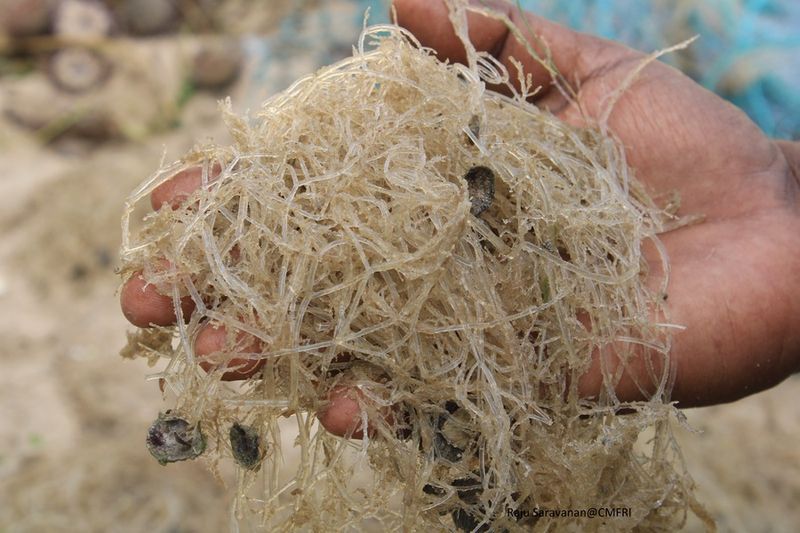
Port authorities from Seattle to San Diego report increasing problems with these bryozoan invaders. The colonies don’t just change natural ecosystems – they foul boat hulls, clog pipes, and increase maintenance costs for maritime infrastructure.
Recreational boaters have found their vessels suddenly sluggish, discovering upon inspection that their hulls have become mobile Amathia nurseries. The extra weight and drag can increase fuel consumption by up to 30%, creating economic impacts alongside ecological ones.
7. A Challenge To Native Species
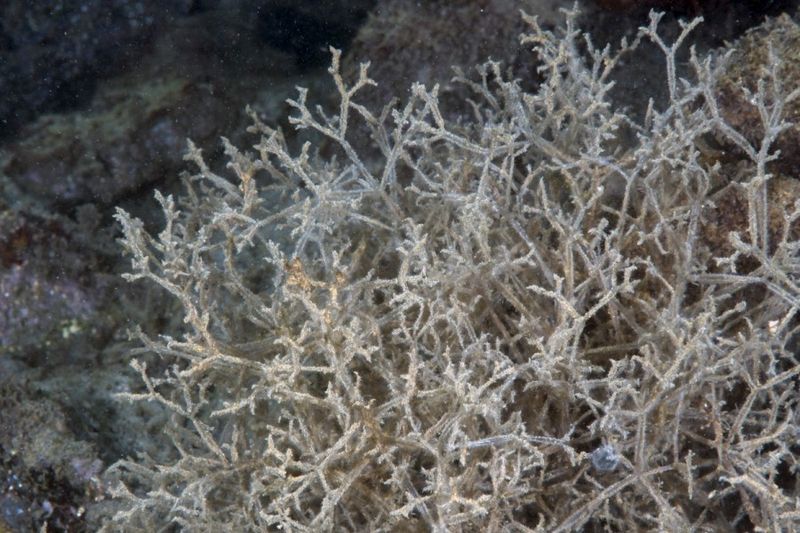
California’s native seagrass meadows face growing pressure as Amathia colonies establish among these vital nursery habitats. The bryozoans attach to seagrass blades, weighing them down and blocking sunlight essential for photosynthesis.
Marine sanctuaries report declining populations of native invertebrates as their habitat becomes colonized. The bryozoan’s physical structure also traps sediment, altering water clarity and affecting filter-feeding organisms that need clean water to survive.
8. The Spread Of Invasive Species

Amathia verticillata acts as a gateway invader, creating opportunities for other non-native species to establish. The physical structure provides attachment points for species that would otherwise struggle to find suitable habitat on the West Coast.
Monitoring programs have identified over 45 additional invasive species associated with Amathia colonies in California harbors alone. Many of these secondary invaders would never gain a foothold without the bryozoan creating favorable conditions first.
9. Not Just A Problem For Large Creatures
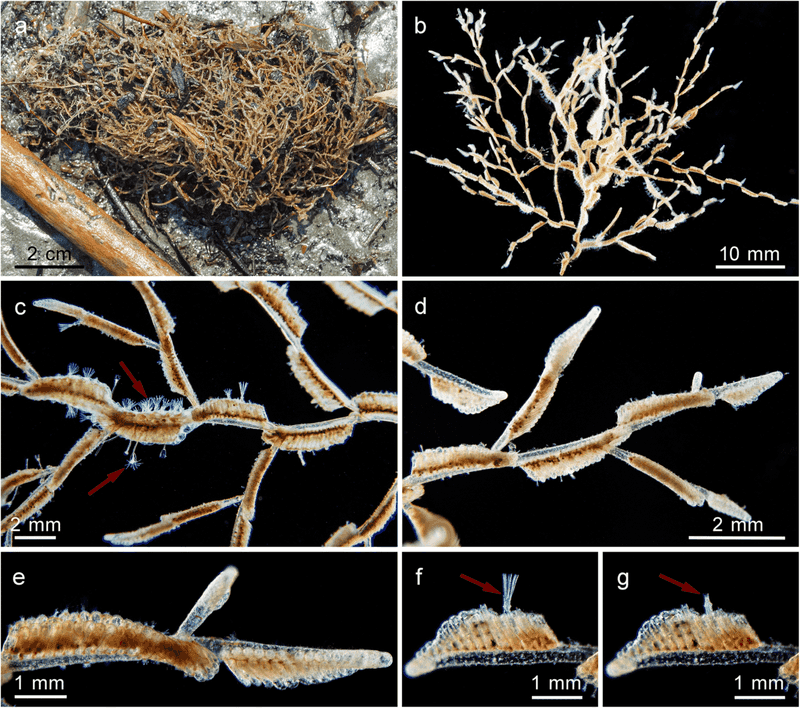
Microscopic plankton communities suffer when Amathia takes over. The bryozoan’s feeding structures filter out tiny organisms that form the base of marine food webs, creating competition for the native filter-feeders.
Scientists studying larval fish development have noted decreased survival rates in areas with heavy Amathia presence. The colonies can intercept planktonic fish eggs and larvae, preventing them from reaching appropriate settlement sites and disrupting recruitment of commercially important species.
10. A Growing Threat

Climate change amplifies Amathia’s spread along the West Coast. Warming ocean temperatures extend the bryozoan’s growing season and expand its potential range northward into previously unsuitable waters.
Oregon coastal communities that never encountered the species now report finding colonies in their harbors. Computer models predict that by 2050, suitable habitat for Amathia could extend all the way to Alaska, threatening pristine ecosystems previously untouched by this invader.
11. Invasive Without Being Aggressive

The sneaky nature of Amathia makes it particularly troublesome for conservation efforts. Without sharp teeth, venomous spines, or aggressive behaviors, it doesn’t trigger the same alarm as more obviously dangerous invaders. Funding for control measures often prioritizes species with direct economic impacts. Meanwhile, Amathia quietly restructures entire ecosystems. Its passive invasion strategy means populations can establish and spread extensively before anyone notices the problem.
12. A Stealthy Environmental Crisis
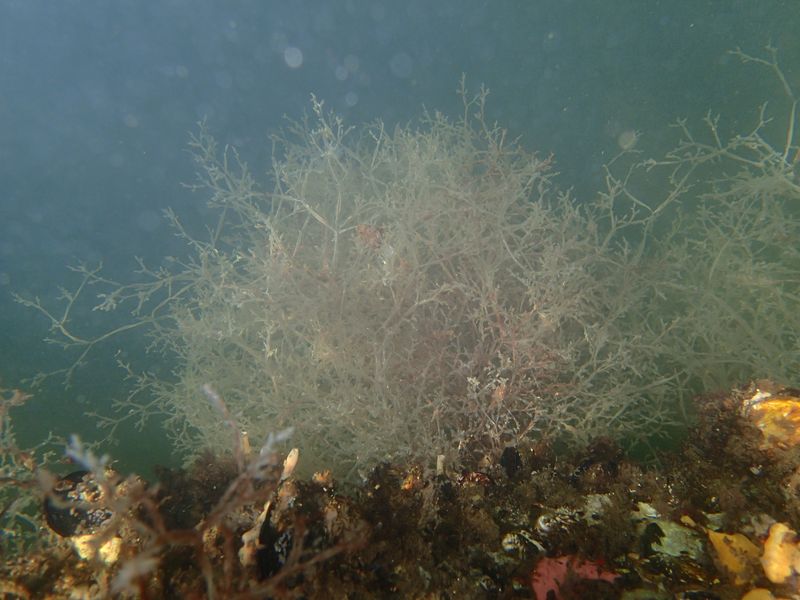
Monitoring Amathia presents unique challenges for coastal managers. Traditional survey methods often miss these colonies until they’re well-established, and their rapid growth means populations can explode between routine inspections.
Citizen science programs now train recreational divers to identify and report sightings. Some marinas have installed specialized settlement plates that attract the bryozoans, allowing early detection before colonies spread throughout a harbor. Prevention remains the most effective strategy against this stealthy invader.



